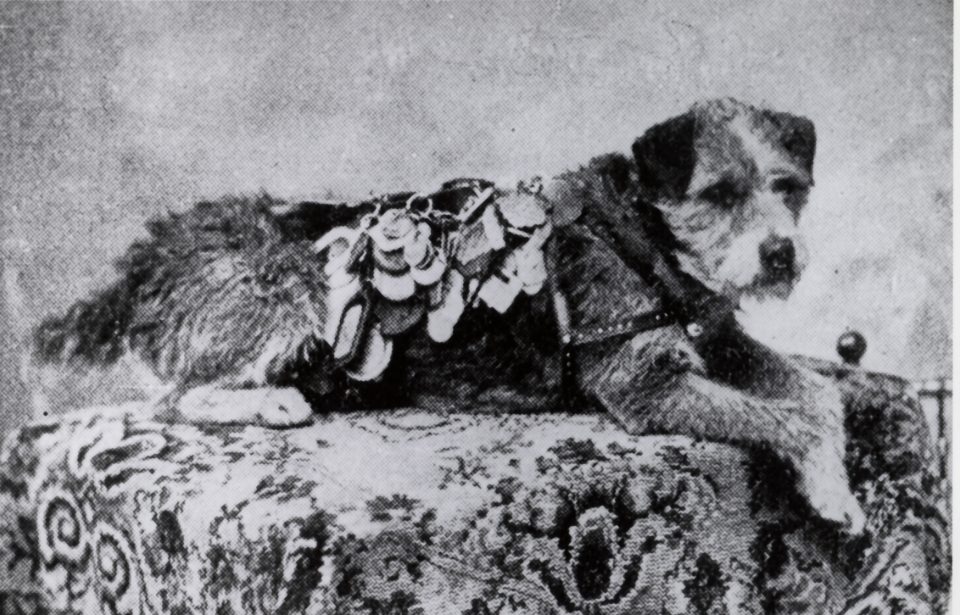Dogs have always had a special place in the hearts of humans, guarding our homes and belongings. But one dog in the 1880s took his guarding duties so seriously that he ended up traveling over 143,000 miles (230,000 kilometers) during his lifetime.
Did the post office adopt Owney or did Owney adopt the post office?
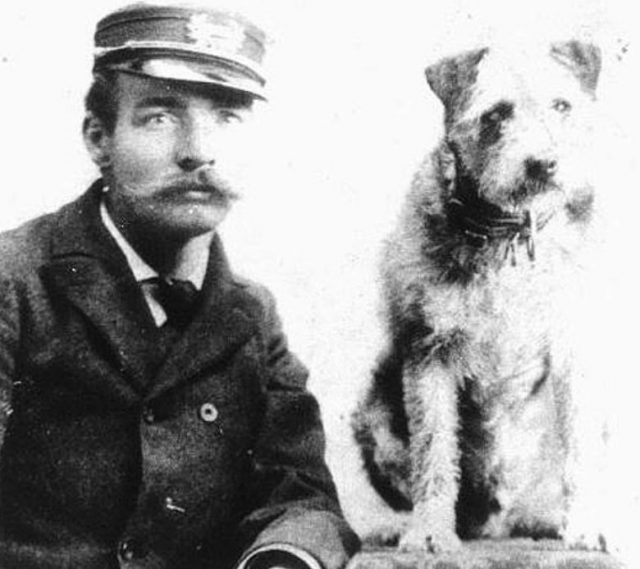
It is generally assumed that Owney originally belonged to a postal worker at the Albany post office and used to accompany them to work every day. Owney, a terrier-mix, loved sleeping on the mail bags so much that when the unknown owner left, he decided that the kindest thing to do was to leave Owney there.
Other sources suggest that Owney was a stray who merely wandered into the post office one day and stole the hearts of the postal workers, who allowed him to stay.
Owney’s fondness for the mail bags resulted in him going with them when they left the post office. Eventually, he even started riding with them on wagons and then the railway as the mail was shipped around the country. Far from being annoyed with him, the railway workers saw Owney as a good luck mascot since none of the trains he rode were ever involved in a wreck.
A well-traveled dog
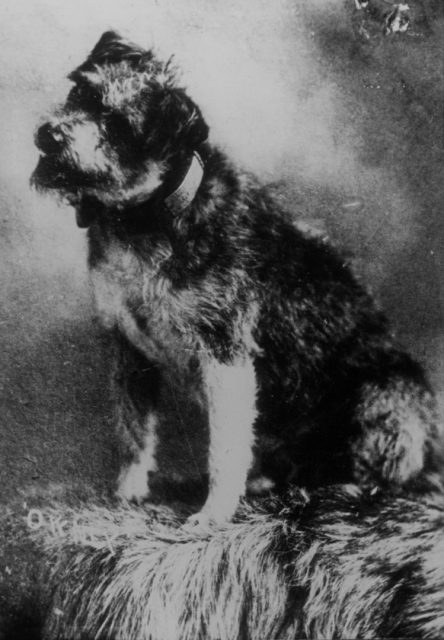
Mail from Albany would be transported to New York City, Boston, Buffalo, Cleveland, Toledo, and Chicago. Owney visited them all.
As the postal pooch started to travel farther away, staff at Albany began to worry that he’d get lost or wouldn’t be recognized and returned to them. So they bought him a tag for his collar that read: “Owney, Post Office, Albany, New York.”
Once the railway workers and other post offices around the country noticed this, they started to add tags of their own to show which lines the dog had traveled on, and Owney amassed a huge collection.
Medals and tags galore
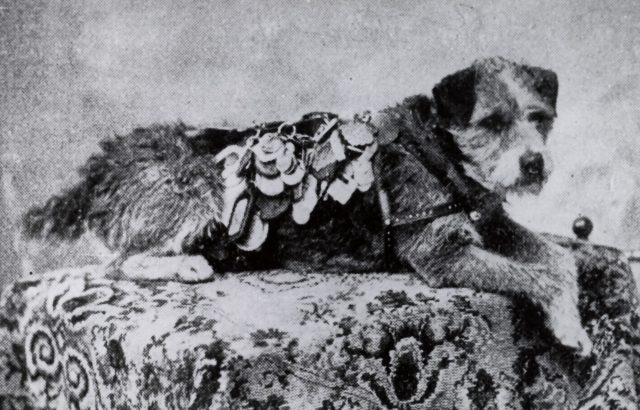
It is estimated that, over his lifetime, Owney received over a thousand tags and tokens. These could be anything from baggage check tokens to dog licenses and even medals. In 1893, he received a Los Angeles Kennel Club medal for “Best Traveled Dog.” The year after, he got a “Globe Trotter” medal from Mr. William Winter Wagner of Chicago.
When Owney had too many tags to fit on his collar, U.S. Postmaster General John Wanamaker gave the dog a little coat on which the medals and tags were sewn. At the same time, Owney was declared the Official Mascot of the Rail Mail Service.
However, the number of tokens eventually weighed Owney down so much – even with his dog coat – that some had to be removed. They were sent to Albany and Washington, D.C. for safekeeping.
Sadly, not all of the tags survived, but the National Postal Museum has an astonishing 372 of Owney’s medals and tokens on display.
The pouch and the pooch
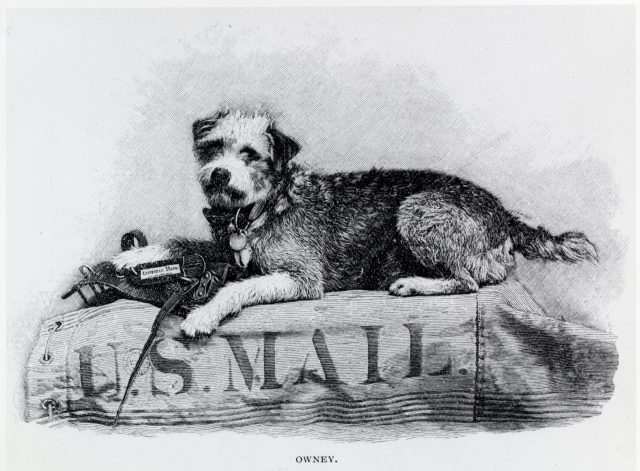
While he was seen predominantly as a good luck mascot, Owney took his duties very seriously. Sources indicate he would guard the mail bags and only let members of the post office take them, growling at anyone else who tried to do so.
On one occasion, he was traveling on a wagon full of mail, and a pouch fell off. Although the humans didn’t notice, Owney jumped down and stood guard over it. When the wagon returned to the post office, the clerks found that both a mail pouch and Owney were missing. Retracing the route, they found the pouch with the pooch guarding it. This was deemed to be service above and beyond the call of duty.
A round-the-world trip
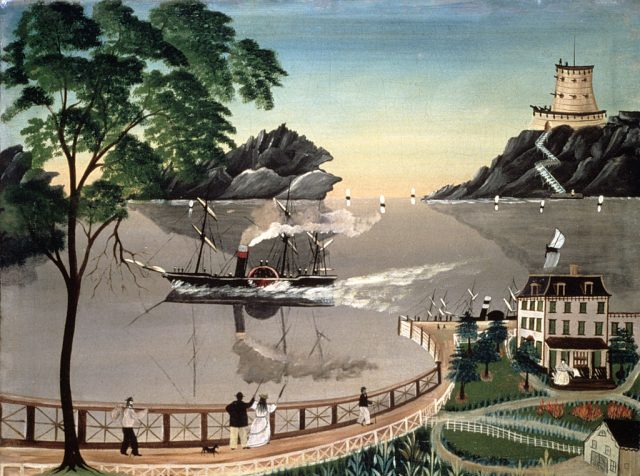
As the ability to send international mail expanded, Owney’s trips began to lengthen. In 1895, Owney accompanied mailbags on trains and steamships around the world. From Washington, he traveled through Asia and Europe on a four-month-long trip. He finally returned to the U.S. on December 19, 1895, and his return was heralded in papers across the nation.
Some sources suggest that during his trip, Owney received two passports and several medals bearing the Japanese arms from the Emperor of Japan himself.
An undignified end for a loyal mutt
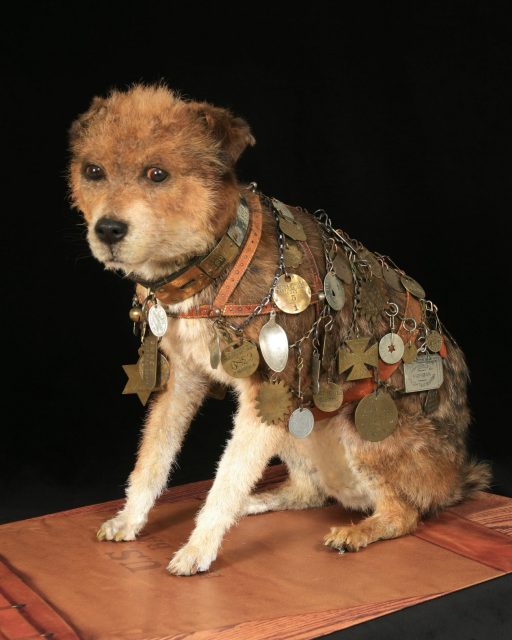
After a happy life traveling the rails, the decision was eventually made that Owney should retire as old age crept up on him. As well as becoming ill more often, he had trouble moving about and had become a little aggressive. He was no longer allowed to ride the rails and instead was taken in by a mail clerk.
Owney’s aggression continued to worsen, and in June 1897, it was reported that Owney was shot after he bit a postal clerk.
However, other sources suggest that at the time of the incident, Owney had been chained to a desk in a basement of a post office in Toledo, and this unusual treatment had caused him to become nervous and snappy.
Forever part of the post office
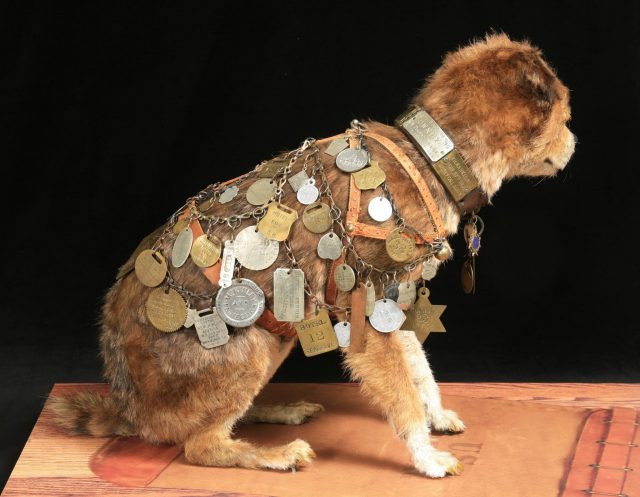
After his passing, mail workers all chipped in to have Owney’s remains sent to a taxidermist. They wanted him to continue being part of the post office rather than simply being buried.
Once Owney was stuffed, he was presented to the Post Office Department’s headquarters. Following a brief appearance at the St. Louis World’s Fair, Owney was sent to the Smithsonian Museum in 1911. He remained on display there until 1993 when he was given to the National Postal Museum.
New life for an old dog
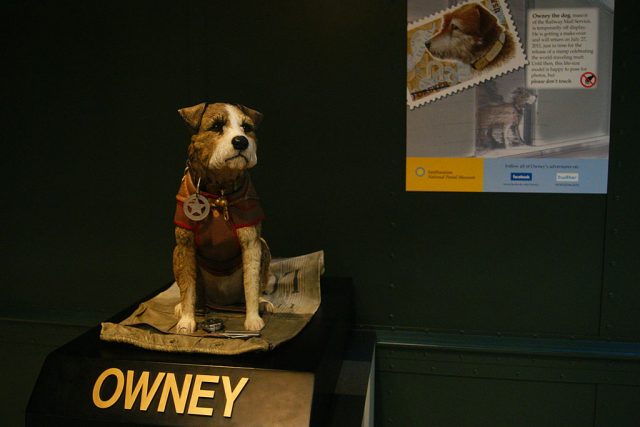
Although Owney was held to be one of the most interesting artifacts at the museum, he physically deteriorated over the years, prompting a “makeover” in 2011.
That same year, the United States Postal Service issued a commemorative stamp of the postal mascot. The artist, Bill Bond, visited Owney’s remains so that he could render a piece that would present the dog in “a spirited and lively” way.
More from us: The First Dog in American History to be Awarded Military Rank
Owney also lives on in a series of e-books written by Jerry Rees with songs by Stephen Michael Schwartz. The five books are part of a series called Owney: Tales from the Rails, illustrated by Fred Cline.
